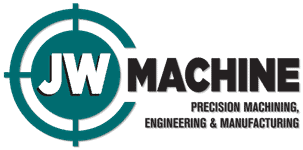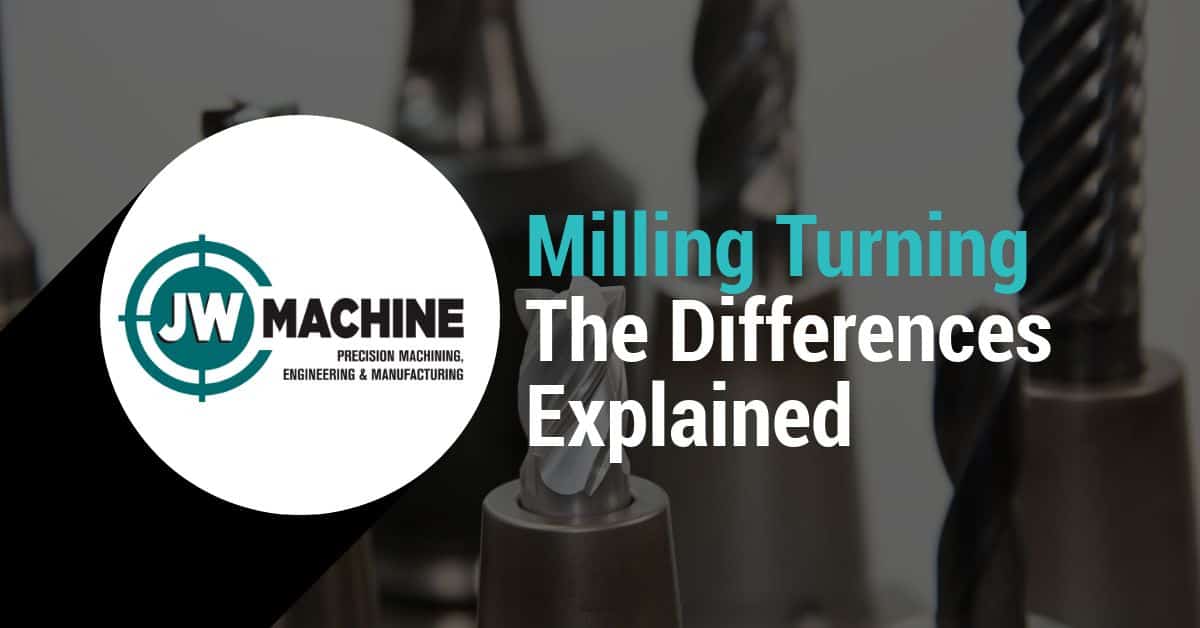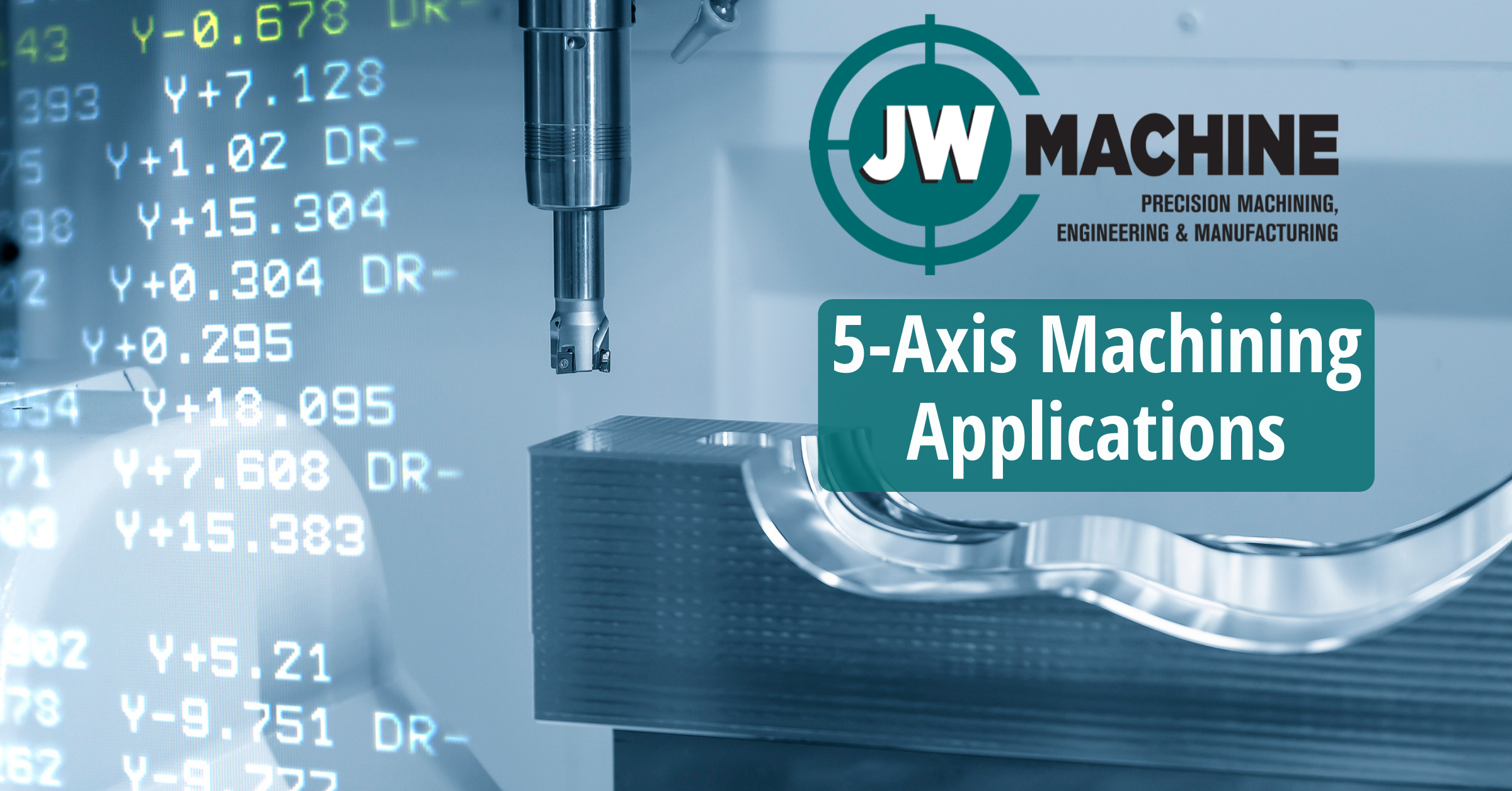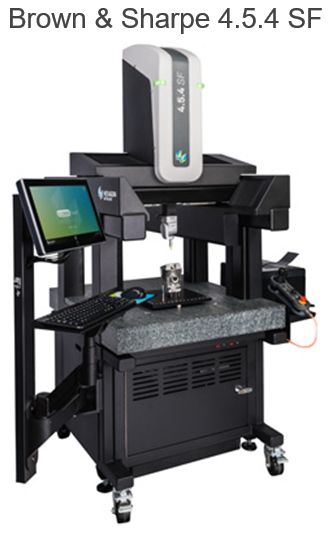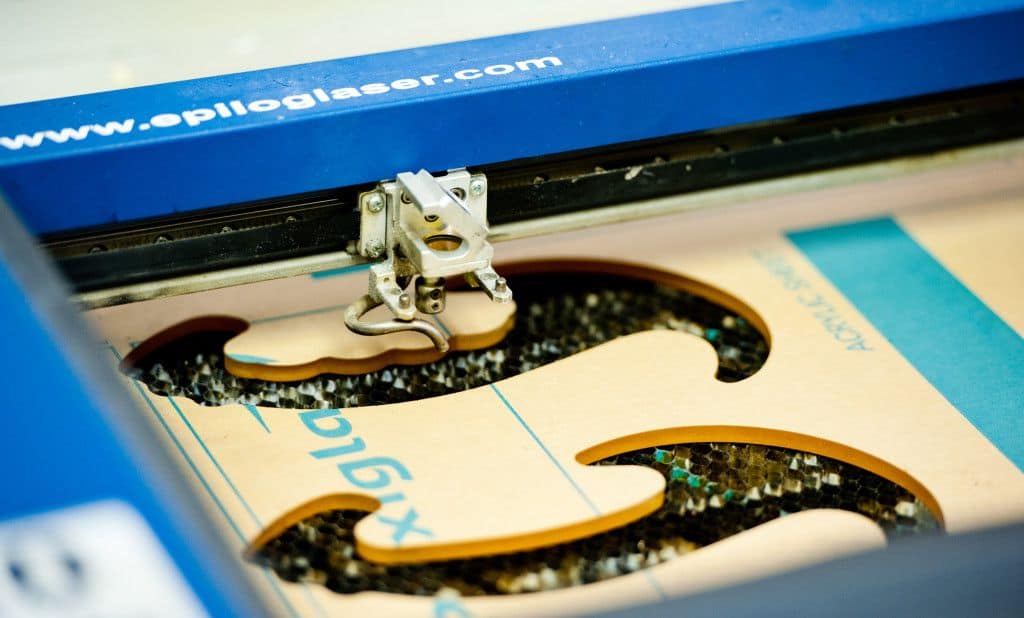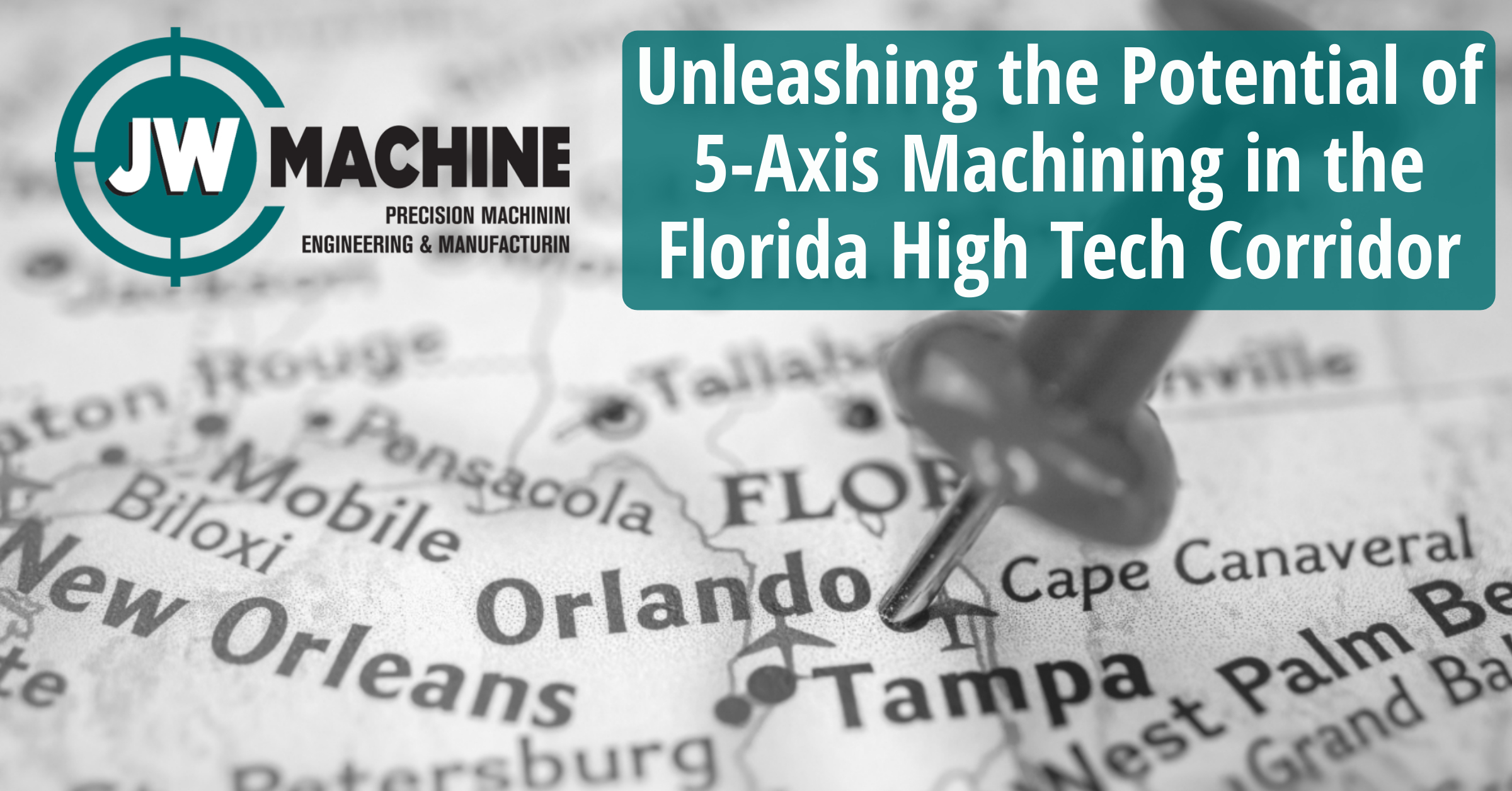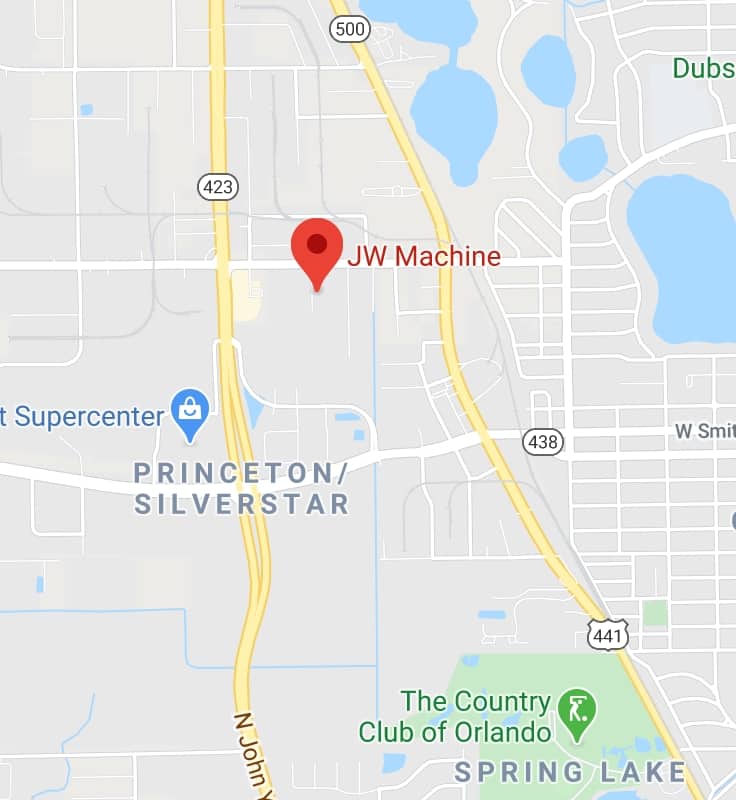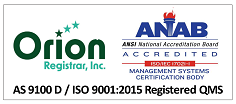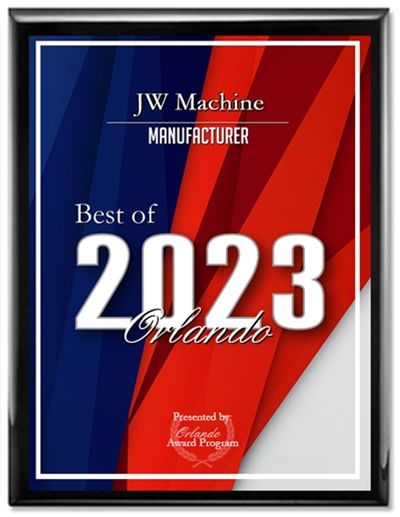Although milling turning is a common term used in precision CNC machining, they are actually separate processes. Part one of our article will discuss milling turning and some of the differences between these two types of conventional machining operations.
Cutting Tool
The cutting tool for each are very different. A milling machine is used for milling; a lathe is used for turning. Turning uses a single point cutting tool; milling uses a multi-point cutting tool.
Surface
Turning is generally used to reduce the diameter of a piece. During the turning process, the cutting tool remains in contact with the piece the entire time and creates a cylinder or cone like surface. Milling, on the otherhand, performs intermittent cutting and generates a flat surface.
Rotation
Milling turning are each very different when it comes to rotation. When milling, the cutter is rotated at a fixed revolution per minute (RPM). Turning involves rotating the actual piece at a fixed RPM.
Although milling turning are both used to remove material, each has its own way of doing so. That being said, milling and turning do have some similarities which we will cover in our next article.
JW Machine offers a full line of precision CNC machining services, including milling turning, laser cutting, laser etching, laser engraving, small part machining, contract manufacturing, close tolerance machining and prototypes to production manufacturing. Quality, experience and dedication to producing your job within budget and on time is what sets JW Machine apart from the typical provider of machine shop services. Do you have an upcoming precision CNC machining project? If so, your friends at JW Machine are ready to help. Give us a call today!






